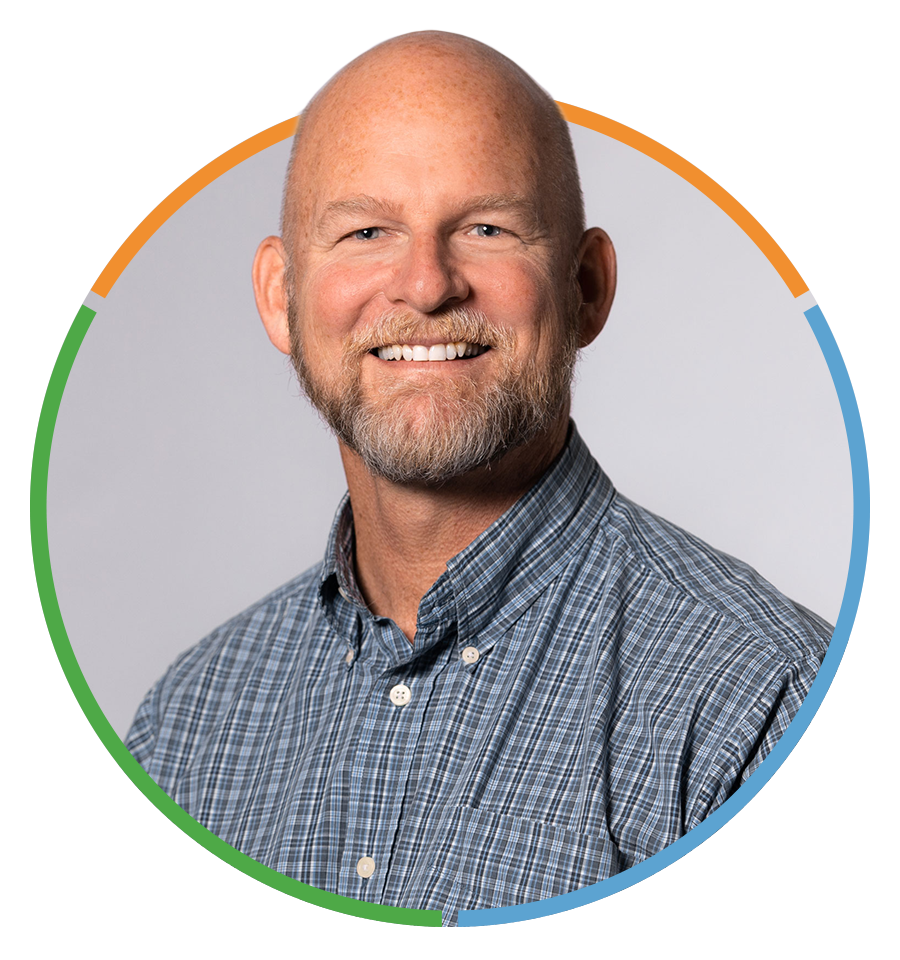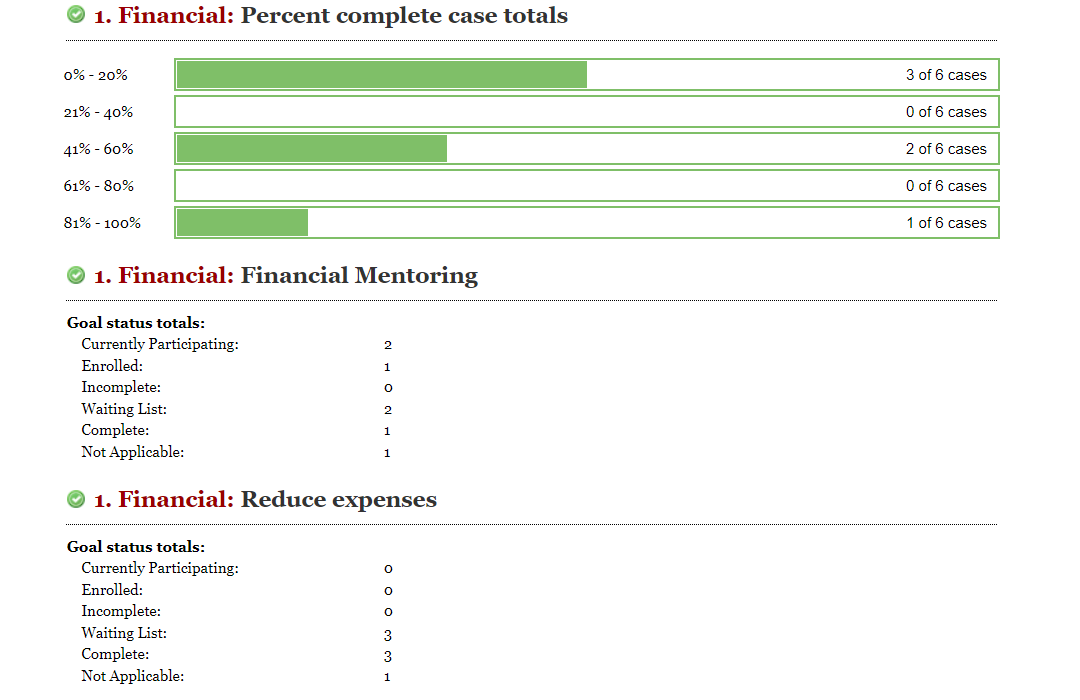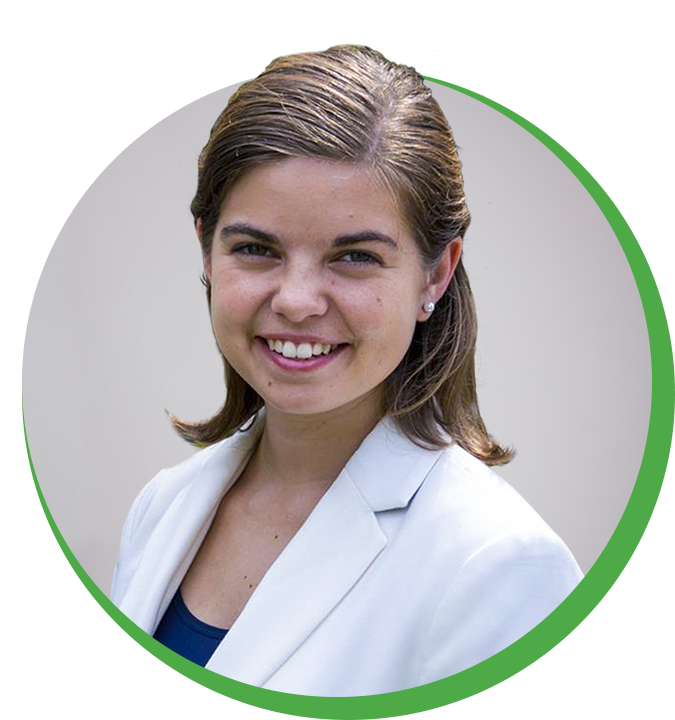
Nathan Mayo
Network Director
Read more from Nathan
Once leaders start to understand the difference between relief and development, they naturally look for ways to address root problems in clients’ lives through programs that integrate classes, relationships, and other opportunities for personal growth. However, since development isn’t something that can be done “to” someone, the person for whom the programs are designed must be willing to embrace the opportunity.
Individuals who aren’t ready to commit to a program will often squander resources and not experience any positive impact. Maybe this means dropping out of a class after a few sessions, or receiving a significant amount of assistance designed to help them get out of a financial bind, only to make choices that put them in the same bind the following month. This is not only frustrating to ministry leaders, but it is demoralizing to clients who may feel like they will never see change. Furthermore, it derails other clients, who would have succeeded, but get sidetracked by seeing the apparent failure of the less committed.
We should optimize our programs to maximize the chance that people will stick with them. There are plenty of techniques ranging from providing text message reminders to working through transportation and childcare barriers. But we also need to make sure we have the right people in the programs to begin with—people who are most ready to benefit from change.
One intuitive approach is to use a screening process consisting of application forms and interviews to vet people’s motives. This can be beneficial, but even the best interviewer will be hard-pressed to accurately assess a stranger’s motivation and commitment. Not to mention that the screener will also have to be the “bad guy” and make a subjective determination of whether someone is allowed in the program.
There is another way. It’s a way that reveals critical information to the charity and simultaneously gives the client more control over his or her situation. It was also memorably illustrated by the rock band “Van Halen.”
Van Halen pioneered many techniques in the modern concert. Their shows integrated unprecedented quantities of lights, electronics, and other heavy equipment. For a Van Halen concert to succeed, venues had to be ready. To that end, Van Halen had a 53-page contract specifying the hundreds of minute details necessary for the setup. On one page of the contract, they even detailed the snacks which needed to be ready for the band members backstage – including a bowl of M&M chocolate candies with a note that all of the brown M&M’s needed to be removed from the bowl.
This was more than rock band diva behavior. This was a brilliant application of “self-selection.” When the Van Halen band manager showed up on site before the concert, one of his first stops was the bowl of M&Ms. If the venue had done a good job and followed the contract thoroughly, the M&M’s would be as ordered–no brown pieces present–and more importantly, the wiring, speakers, stage and the rest would likely all be to specification. If the brown M&M’s were present, it meant that the venue was probably not ready to rock. There were only a few hours to go over everything with a fine-toothed comb and ensure that the other details weren’t messed up, which could result in a dangerous incident or injury.
The venue received clear instructions and then signaled through their own actions whether they were “ready to rock.” In the metaphor, clients are like venues. Some are “ready to rock” and some not, but how can we get them to signal to us whether they are?
Van Halen venues had to show that they were ready, willing, and able to follow a detailed contract. Clients who are ready to develop must show that they are willing to make at least some effort to improve their situation, given the opportunity and ample encouragement. Like Van Halen, we can create a deliberate context for “self-selection.” Instead of a lengthy contract and chocolate candies, we can use the principle of “challenge.”
Challenge is anything that requires effort on the part of the client. This can be something that helps only them, such as goal setting and achievement. It can be something that allows them to help others outside of the program, such as community service. Alternatively, they can “pay it forward” by volunteering for the nonprofit running the program or paying a service fee. Many more examples are included in the excellent programs we feature here. In general, the level of challenge is scaled against what the client is receiving from the program. (It isn’t full compensation but covers some fraction of what they receive.) For a budgeting class or food co-op, it doesn’t have to be very large; for a residential rehab or college scholarship program, it would need to be more significant. As your program evolves, you can tweak the level of challenge until you find that the majority of the people entering the program are ready and able to benefit from it.
There are other reasons to offer an up front challenge, such as the fact that creative work or goal setting tends to expand someone’s sense of self-worth, but the self-selection aspect is also critical. People who are ready to grow will be willing to put forth effort on the front end.
When a handout program becomes more developmental and starts integrating challenge, you will usually see the number of clients served decline–often by half or more. While this fact is scary to nonprofit leaders, the clients that keep coming are not a random sample of the original crew; they are a self-selected bunch who are more likely to benefit from your programs. Even though fewer people are coming, more people are meaningfully helped, because you start with the right people in the room and are then able to invest more relational and financial resources into helping them. In fact, it’s common for total results to improve–not just “average” results, but the total number of people who leave poverty increases even as the total number of “clients served” decreases.
“Rock and roll” is relatively new, but charity self-selection through challenge is ancient wisdom. Historian Marvin Olasky points out that early American charity workers frequently used what they called a “work test” to determine whom they should assist. For able-bodied men, this was typically splitting firewood in exchange for food or other assistance. In biblical times, God commanded the Israelites to leave some of their crops unharvested so they could be “gleaned” by the poor and the travelers (Leviticus 19:9-10). The fact that they left crops in the field rather than distributing bread meant that there was a lot of work a poor person had to do to harvest the grain and process it into food. In some ways, it was even harder than it would have been to work one’s own fields, since the grain left standing was more widely scattered. No one would have taken advantage of this system because they were too lazy to work their own land; only those with legitimate circumstantial need would have self-selected this “gleaning” form of charity.
What does challenge mean for the people who aren’t ready? We can continue to love, pray for, and engage them in conversation, but we cannot force them to grow–and it is both unhelpful and arrogant to try.
Given our limited resources, the most successful programs will invest heavily in people ready to embrace change. The good news is that we don’t need to be clairvoyant to determine who those people are. We can let them tell us, by offering them a challenge. Those who rise to the challenge are the real rock stars.
Network Members: For more information on the topic of challenge in charity, check out the True Charity Takeaway titled The Earn-It Model and the Earn-It Program Model Action Plan.
Non-Members: Learn more about Network membership at truecharity.us/join.










